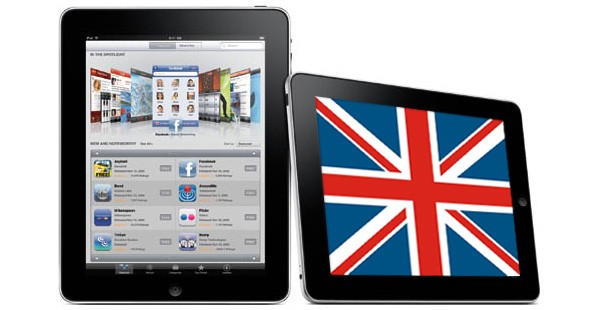Much has been made over the last 24 hours about the fact that Apple has managed to sell two million iPads in just 60 days — a pace dramatically ahead of the original iPhone, which took 74 days just to get a million units into the hands of the public. Much less-debated, but potentially more interesting for Apple’s long-term future, is that the iPad has grossed more than $1 billion in revenue by hitting the 2 million mark. At $499 a pop and units as pricey as $829, they’ve cleared that barrier by a flying leap in record time. For context about just what a monumental achievement this is, consider the fact that when FedEx reached $1 billion in gross sales in its tenth year of operation, that was the quickest rise to a billion dollars in revenue without acquisitions in the history of American business.
Apple’s growth machine has hit a new gear with iPad, and I’d like to take this post to due some geeky quick and dirty analysis in the manner used at my day job to get a sense of Apple’s expectations for the platform and to guess as to whether its rapid take-off is a good sign or a sign of danger.
So let’s start with the core assumption — profit. In most businesses, a significant new platform is expected to increase annual earnings by 10 percent. This isn’t always true, but it’s a useful place to start. In 2009, Apple’s earnings were $8.235 billion. That would suggest that the iPad would need to contribute about $825 million in new profit in order to really move the needle in a positive direction. Apple’s typical profit margin is about 20 percent, so the revenue needed to generate $825 million in profit would be somewhere in the neighborhood of $4.125 billion (please note: I’m taking a lot of shortcuts on my DDP here — it’s meant to forecast the minimum number of units Apple is shooting for, not any of the operational pro forma). That comes out to around 8 million units per year sold at $499+.
What does that mean? Well, for one thing, Apple is clearly on pace to hit that mark — in fact, they’re on pace to sell 12 million units in year one, which would actually generate revenue of more than $6 billion per year out of the gate and profit of $1.2 billion in the same window. For context, that’s what the iPhone is currently making per quarter. Even so, it’s an impressive number, and one that clearly sets up the iPad to be at least the fourth-biggest business at Apple behind the iPhone, iPod and Mac and have that be significant.
All said, the biggest question is whether the current pace represents peak demand for iPad or signals the the start of a long, sharp upward trend over the long term. As I’ve said before, I’m in the latter camp. Eventually, I see no reason that the iPad couldn’t be a $20-billion business by itself in the next five years. That said, it will come at a cost. Eventually, iPad’s success will eat into Mac sales. The only question is when and how much.
This much is certain — Apple has launched the first unmitigated success in the tablet market. And there’s a lot of room left to climb.



